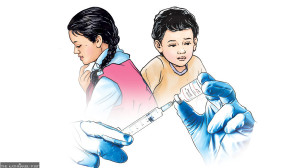Miscellaneous
Excavations begin at two monuments
Unesco has commissioned post-disaster rescue excavations at some of Kathmandu Valley’s World Heritage Sites which were damaged by the devastating earthquake last year.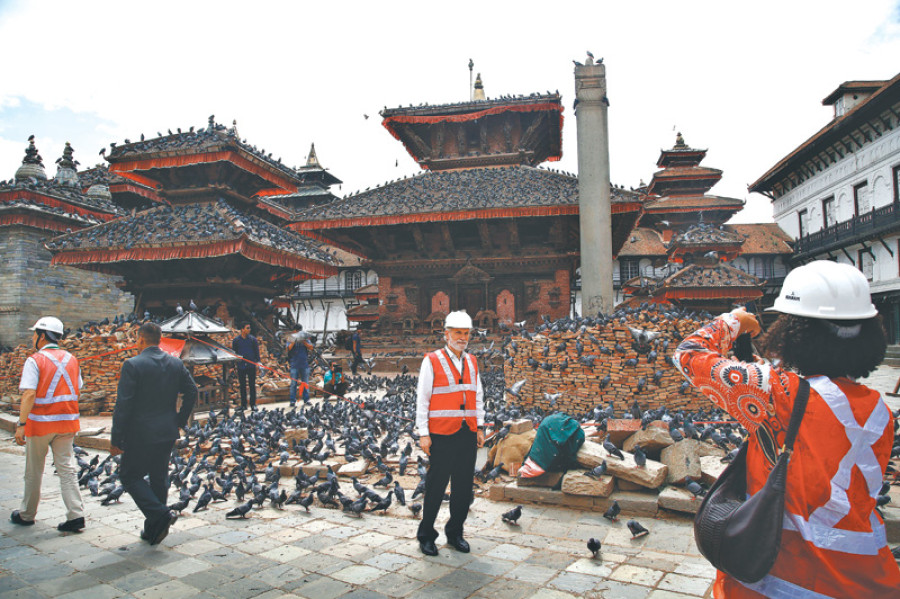
Unesco has commissioned post-disaster rescue excavations at some of Kathmandu Valley’s World Heritage Sites which were damaged by the devastating earthquake last year.
Unesco, together with a team of experts from the Department of Archaeology, government of Nepal, and Durham University, UK, is undertaking excavations at Jagannath and Gopinath temples at Hanumandhoka Durbar Square to provide a better understanding of their history and the condition of their foundations, the UN body said in a statement on Monday.
The two monuments—famous for touristic attractions—were severely damaged by the devastating earthquake last year. “The continued archaeological investigation of subsurface heritage and evaluation of the foundations of earthquake-damaged monuments are a key part of the process of the rehabilitation of the Kathmandu Valley’s World Heritage of Outstanding Universal Value in advance of its reconstruction,” Christian Manhart, Unesco representative to Nepal, said in the statement. “Unesco welcomes this project that brings together archaeologists from Nepal and around the world to provide insights for architects and engineers in the rebuilding of this unique cultural heritage.”
Last year, Unesco led a team from the National Research Institute for Cultural Properties in Tokyo that undertook architectural evaluations of the two-tiered Jagannath temple. Built for Lord Vishnu as the ‘Lord of the Universe’, with its outer shrines dedicated to Surya, Siva, Ganesh and Bhagawati, some historians believe it to be one of the oldest temples in the Hanumandhoka area. The installation of an inscription by Mahindra Malla on its eastern base records the date as 1563 AD.
Currently, less is known about the Gopinath temple which is positioned directly to the north. “Building on this earlier research, these excavations will provide evidence of the origins and development of these monuments and lead to new information that will safeguard these monuments for future generations,” said Kosh Prasad Acharya, project co-director and former director general of the Department of Archaeology.




 9.12°C Kathmandu
9.12°C Kathmandu
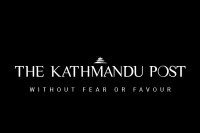

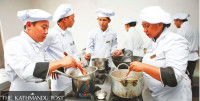
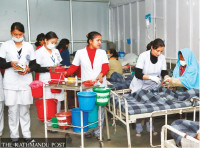



%20(1).jpg&w=300&height=200)

